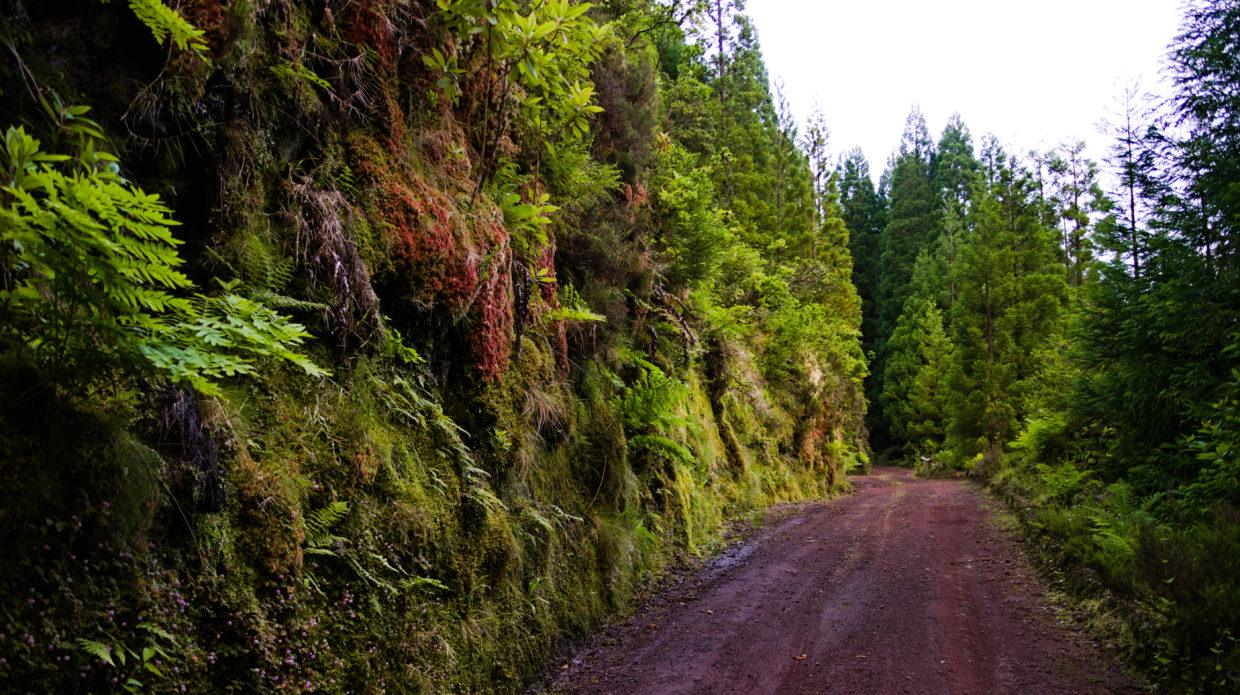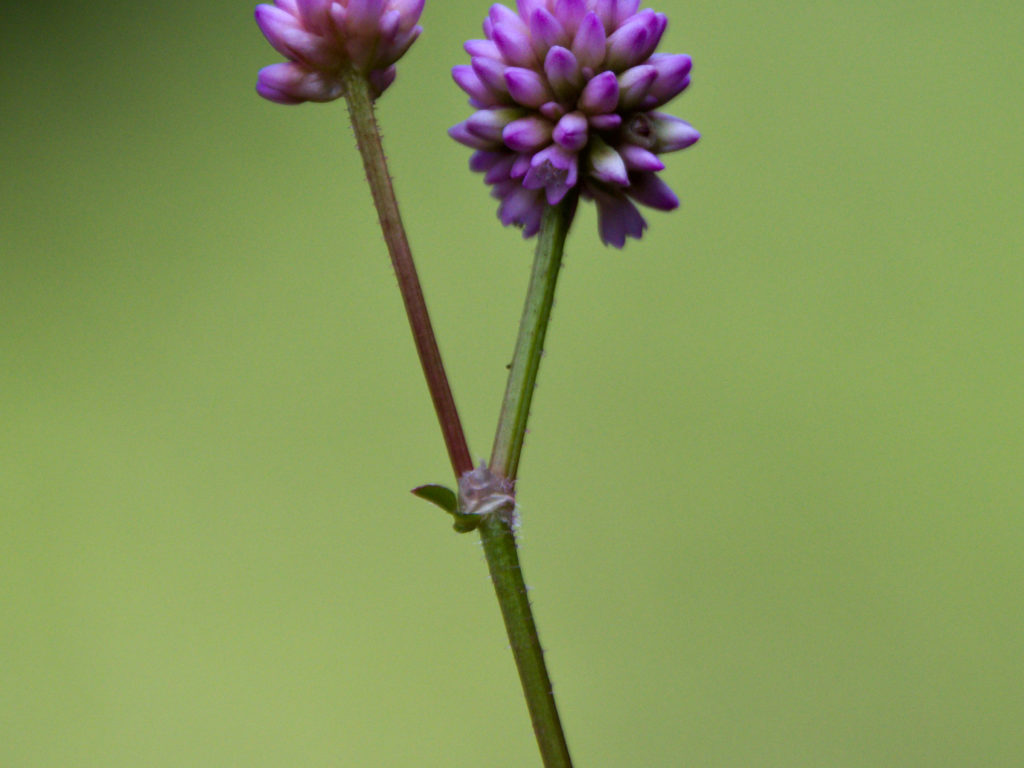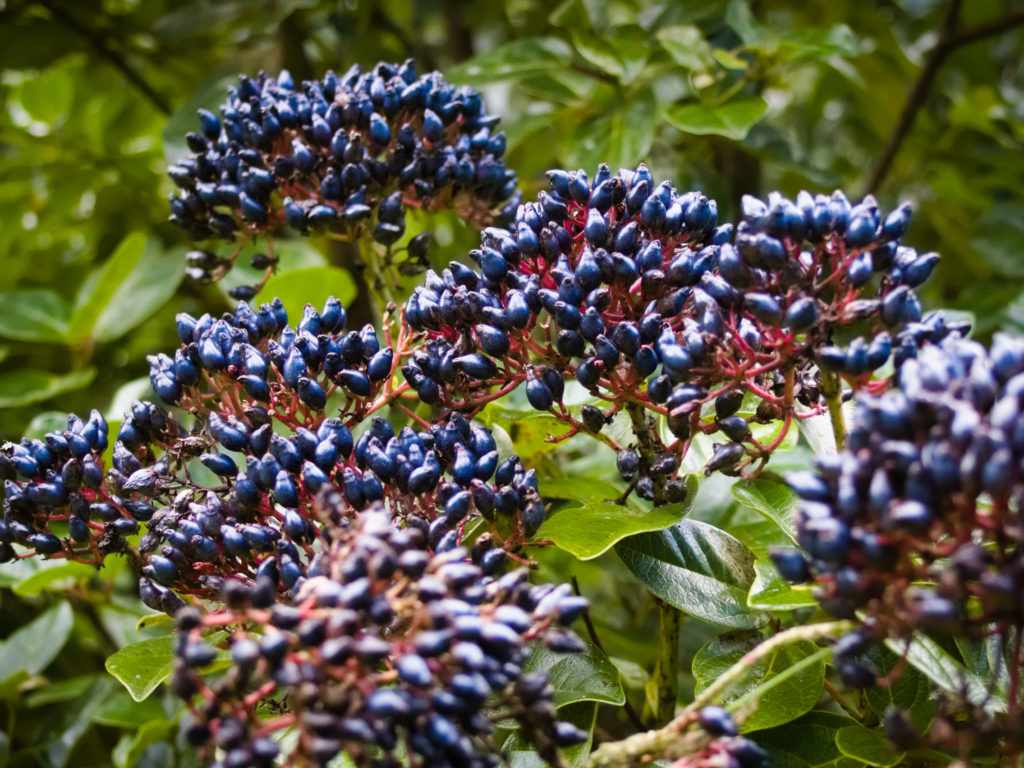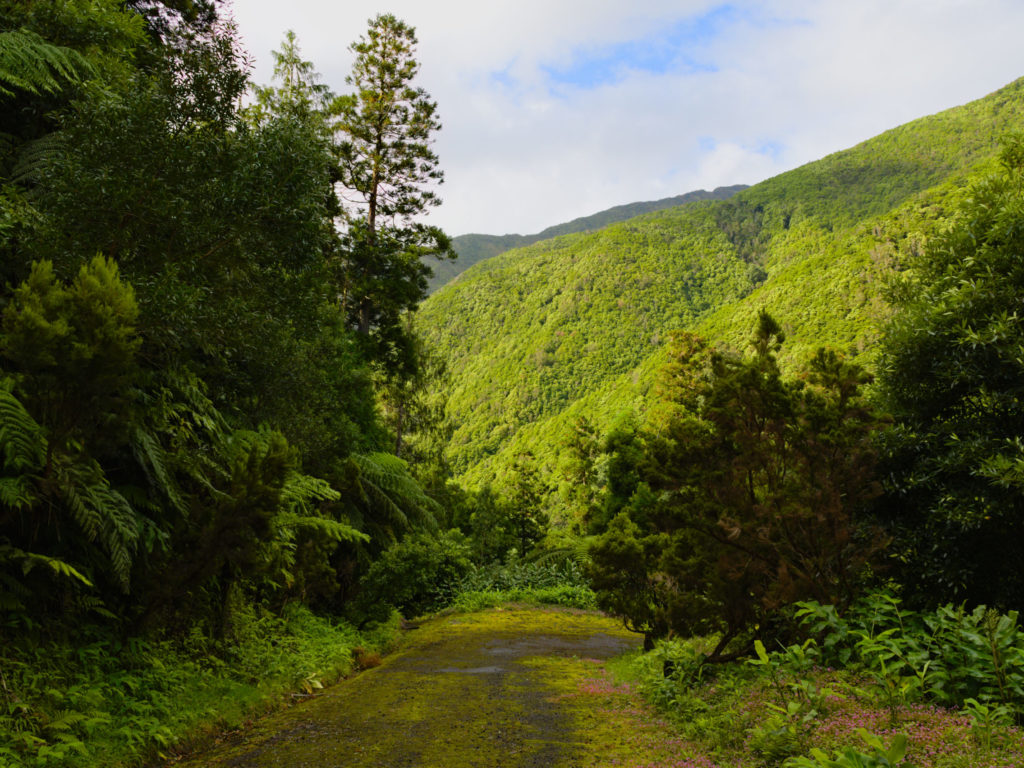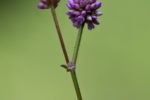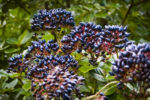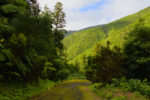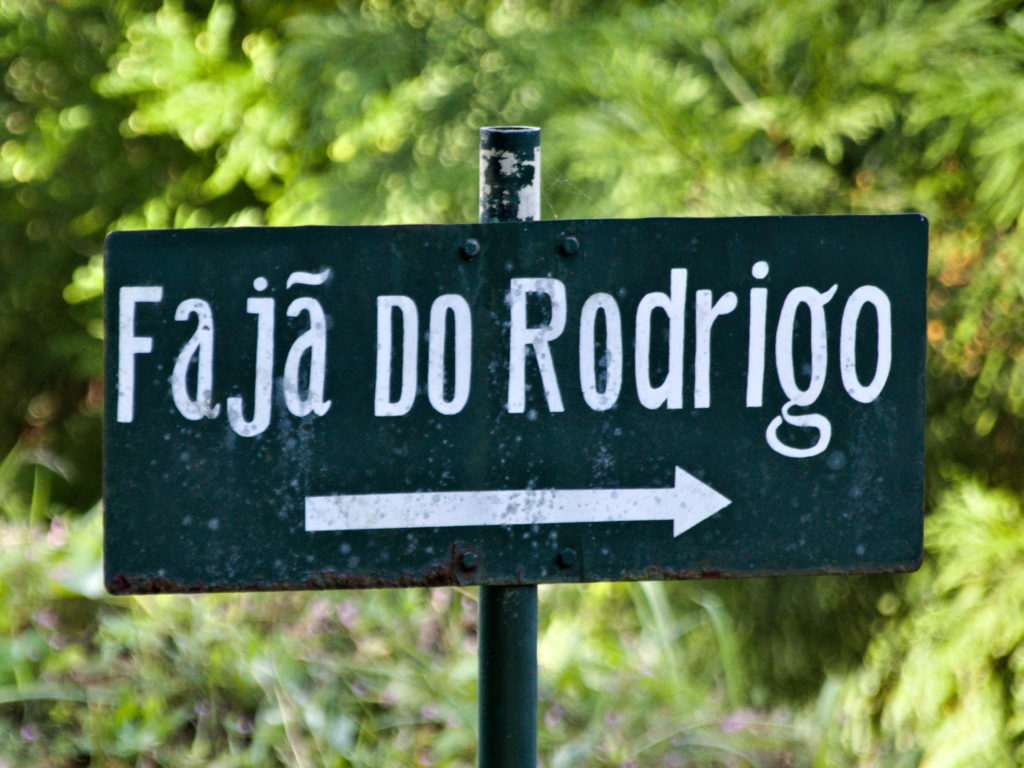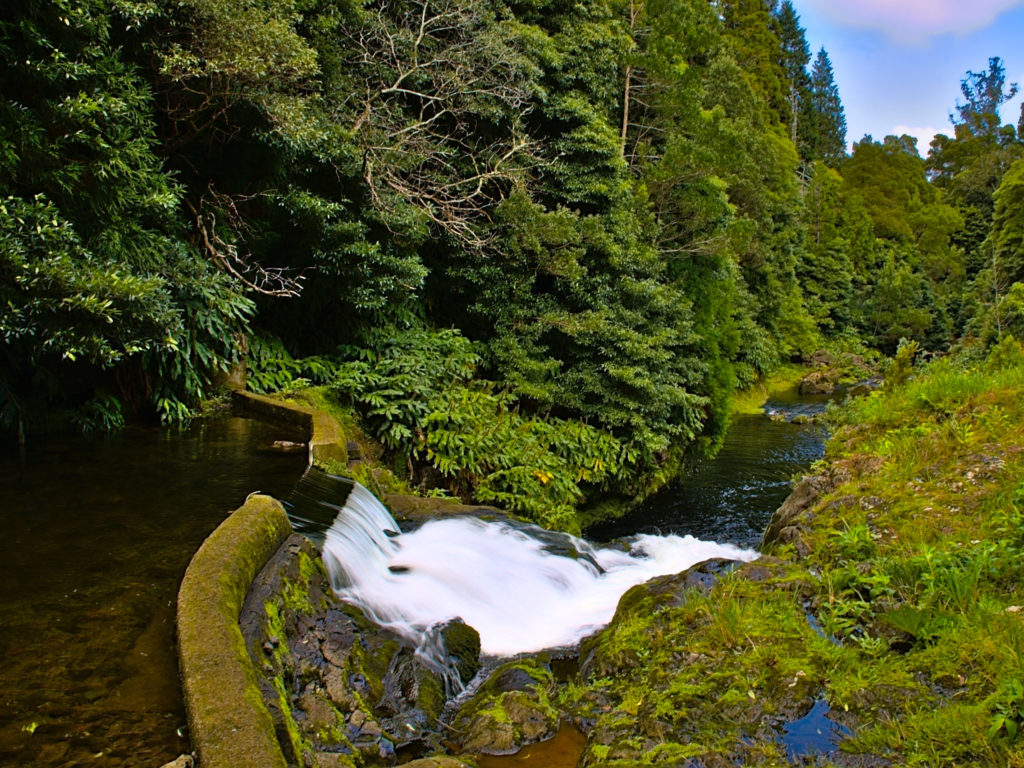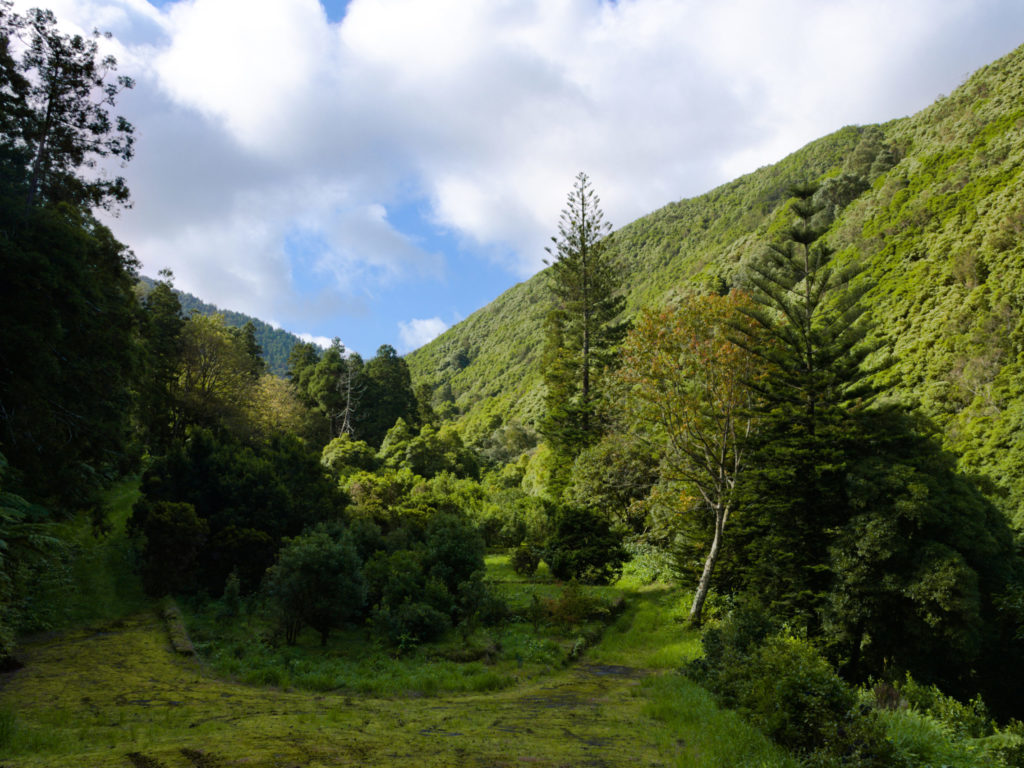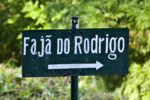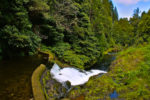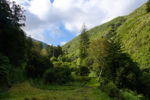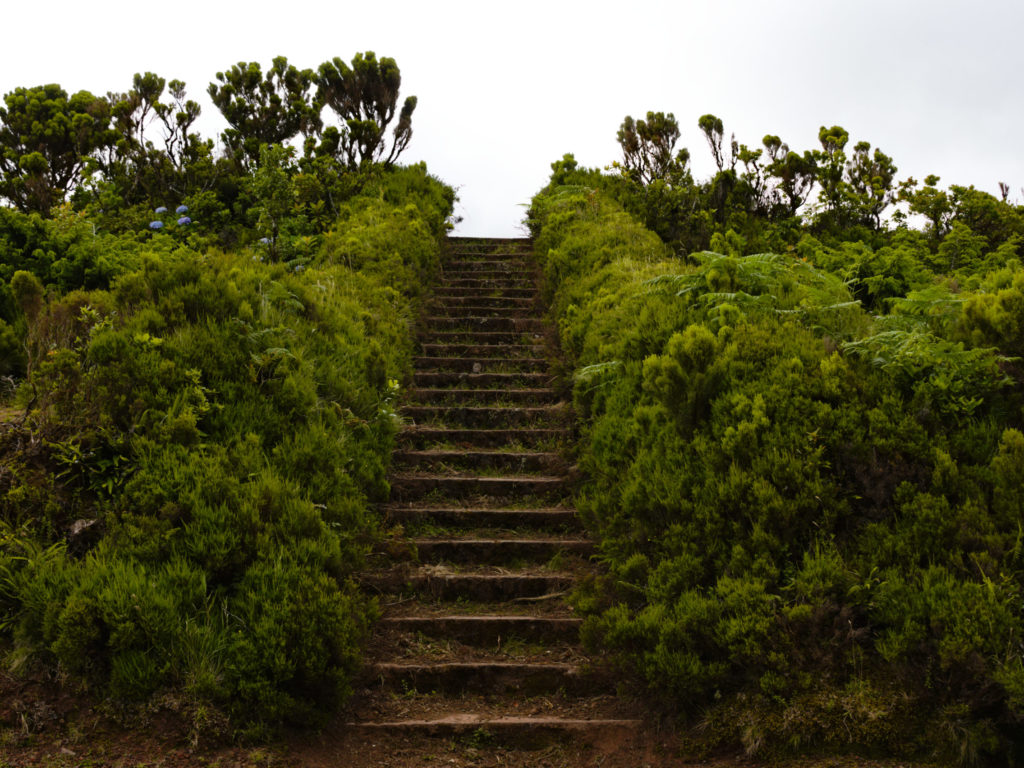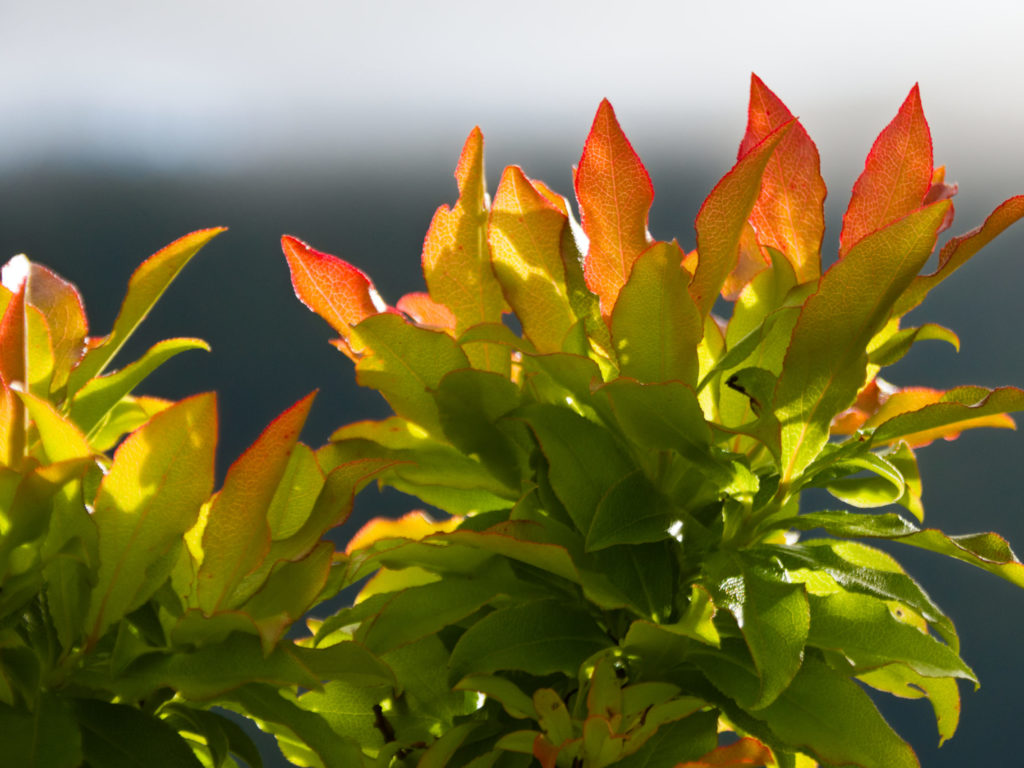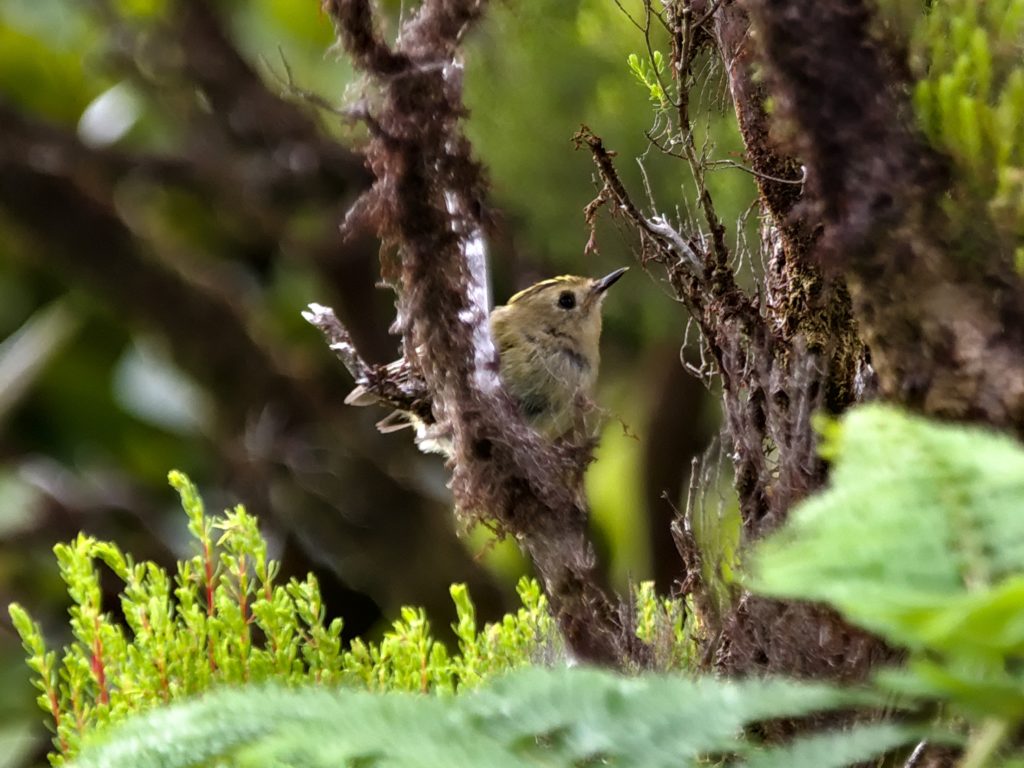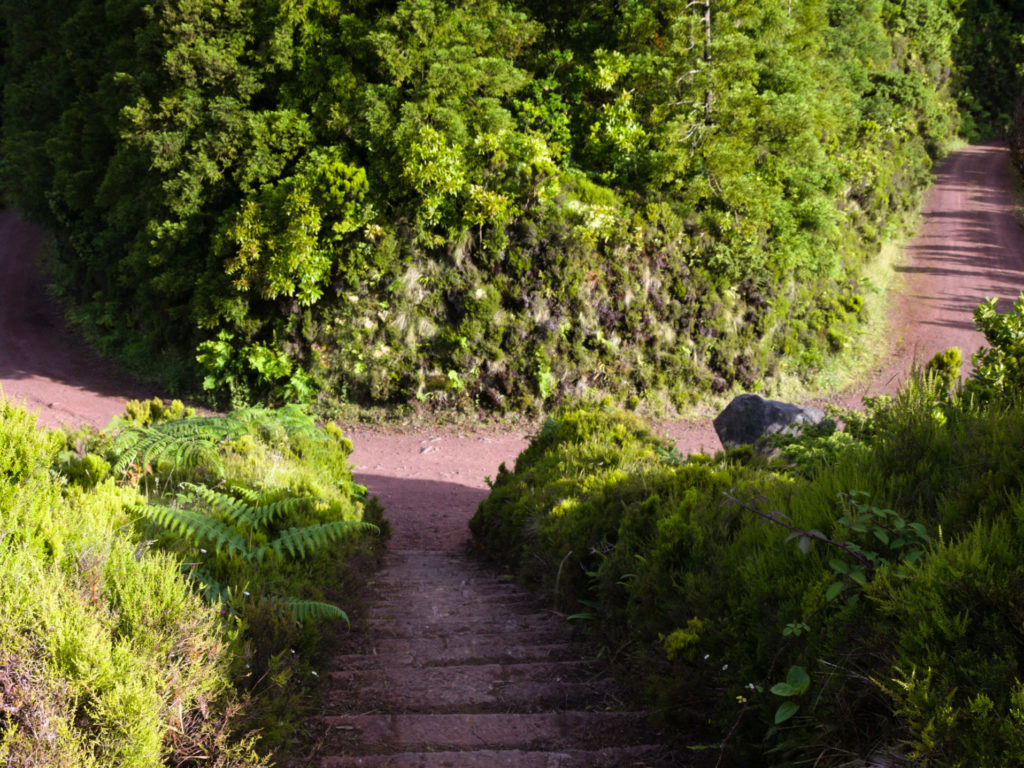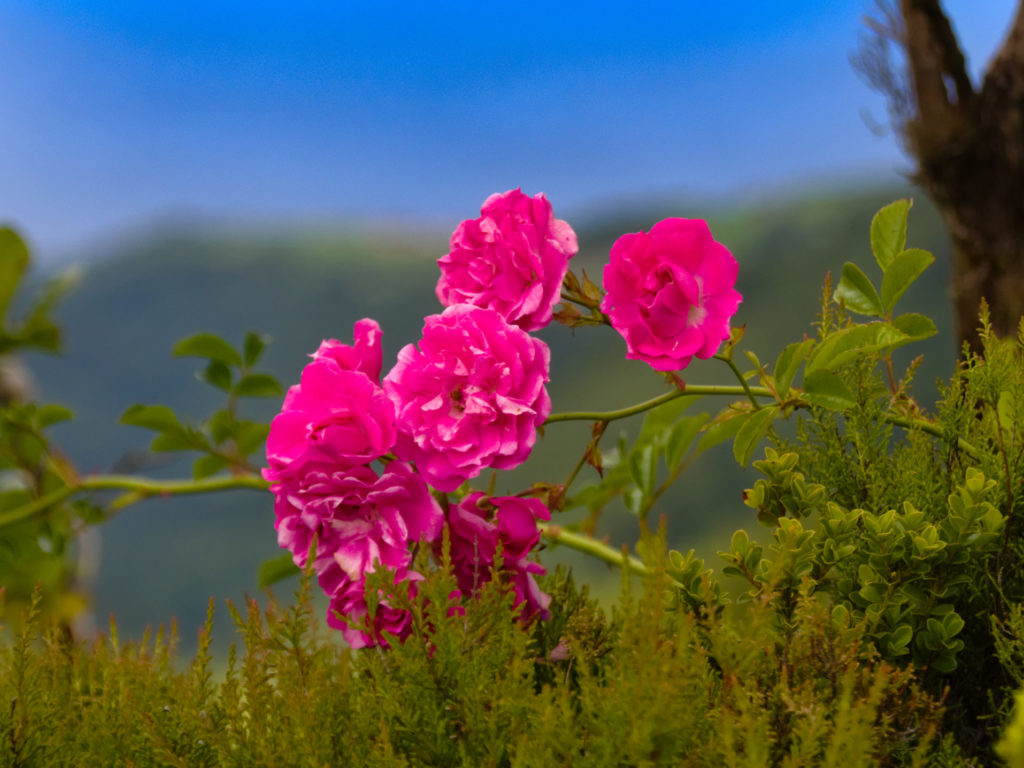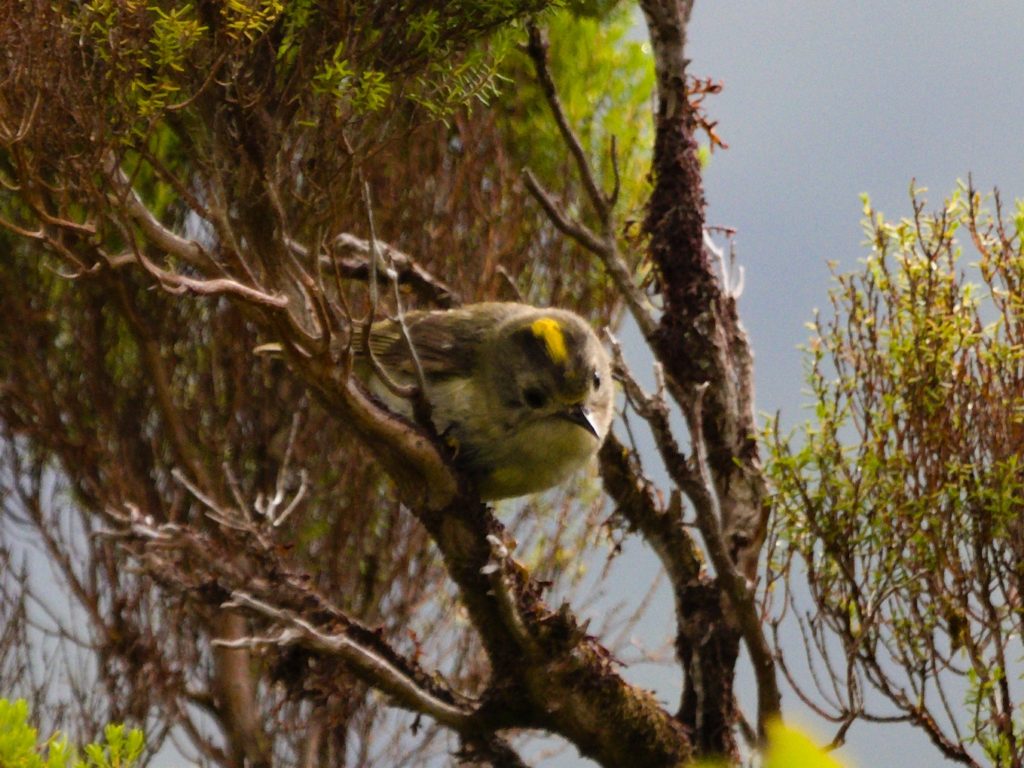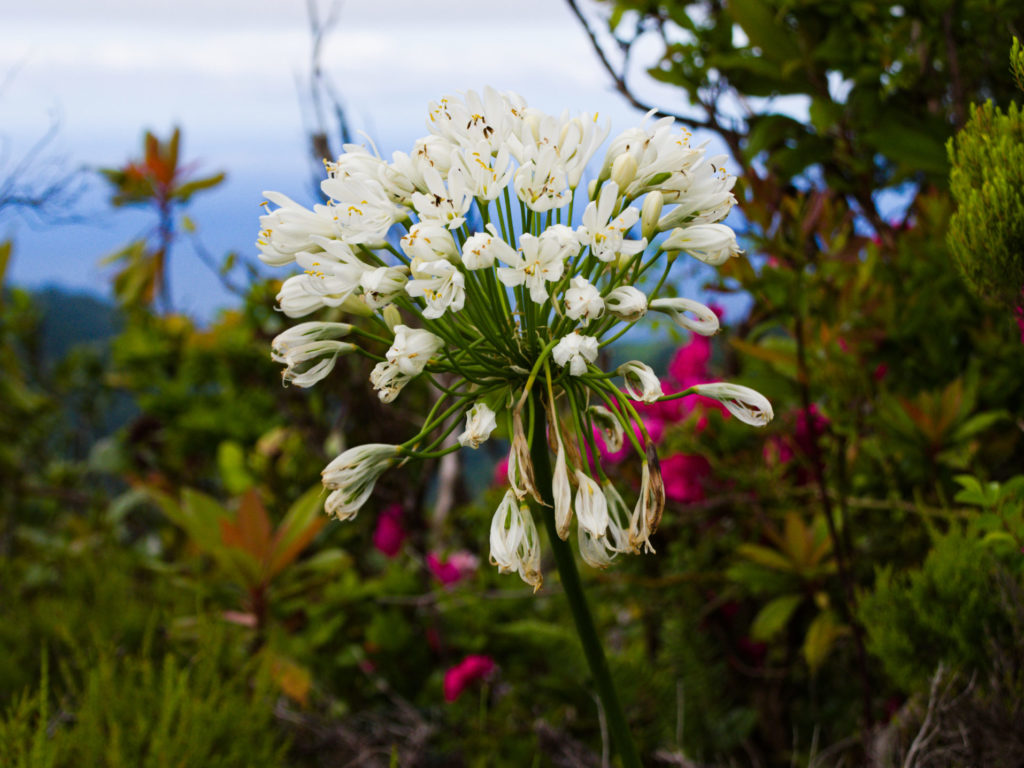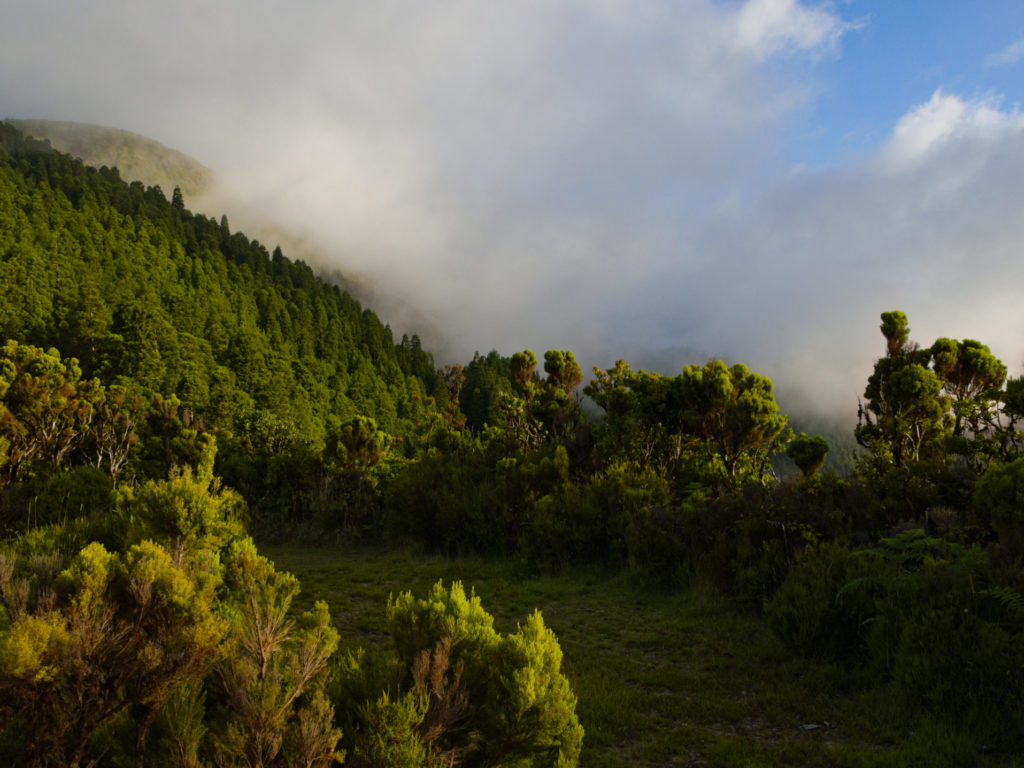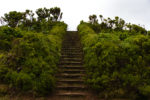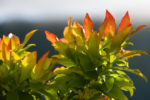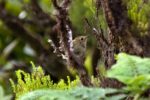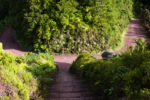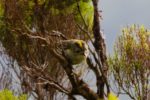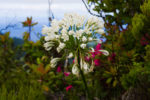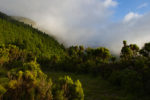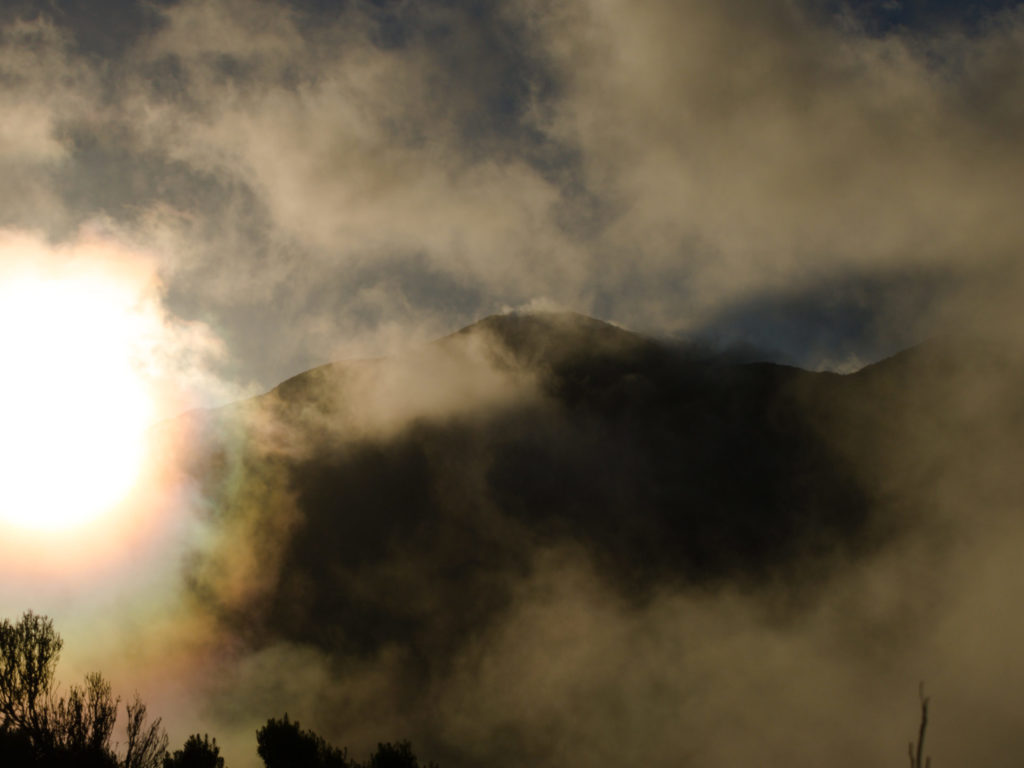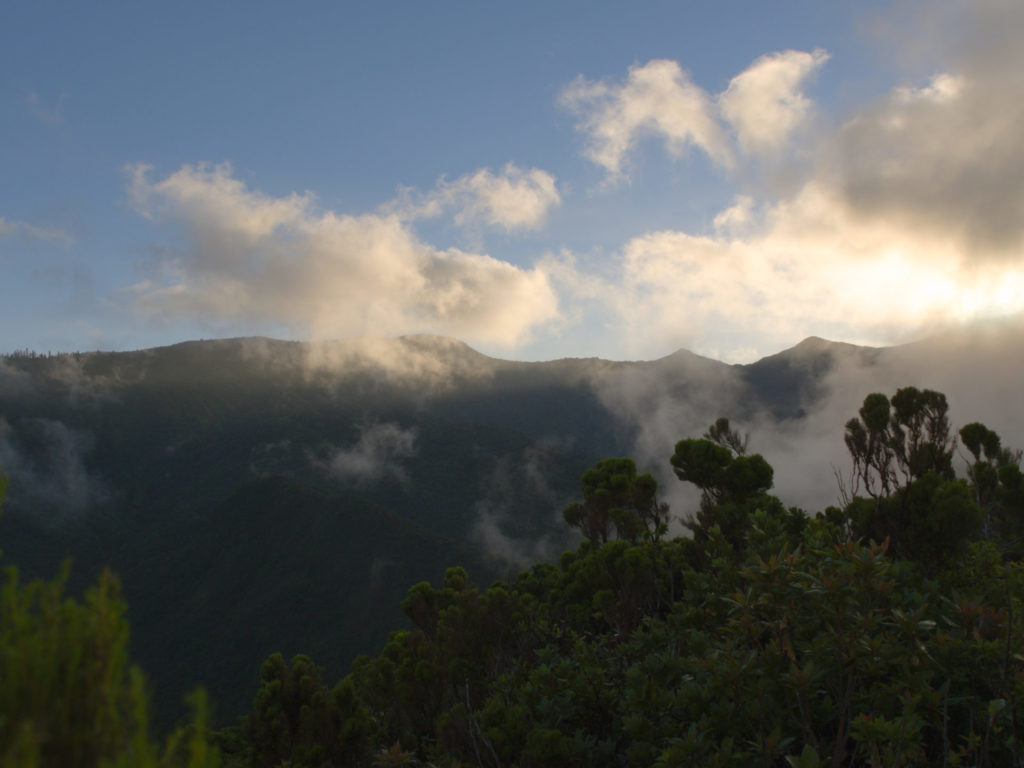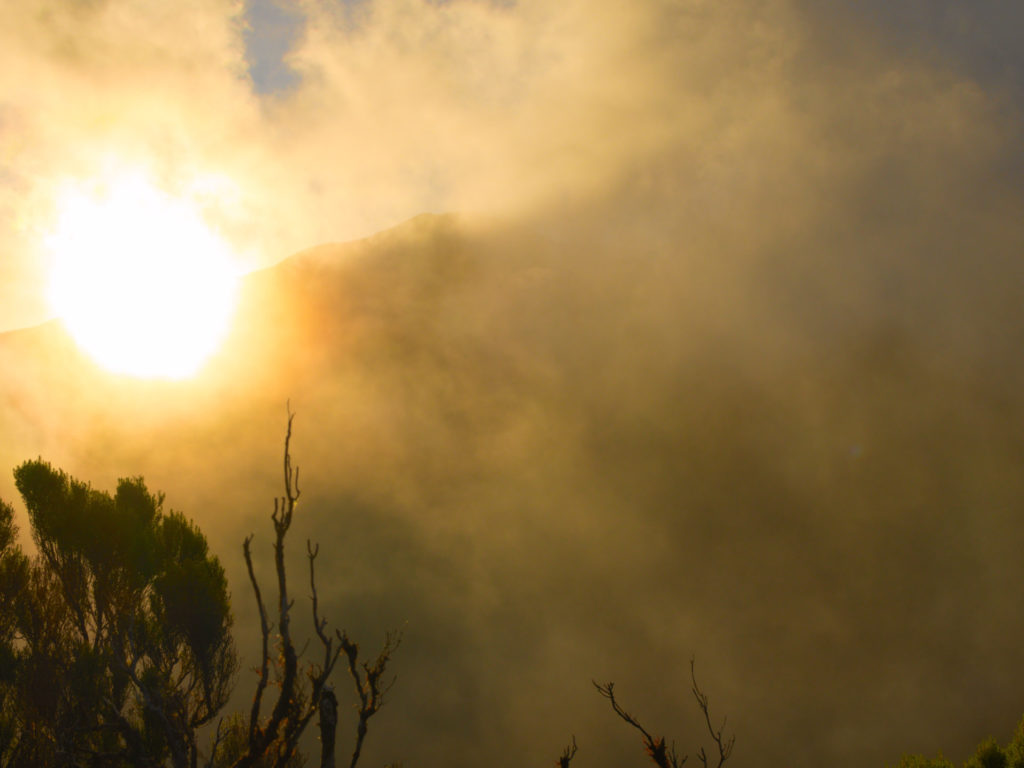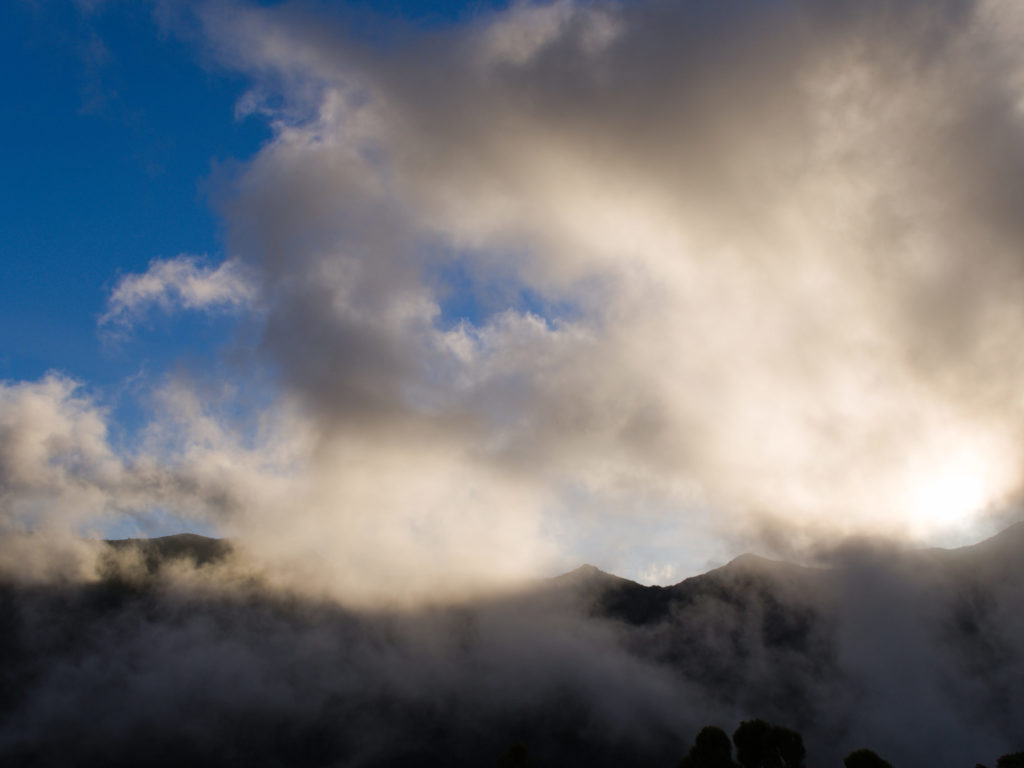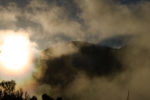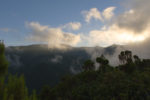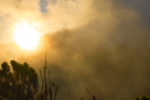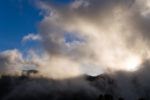The Rota da Tronqueira is from our point of view the most interesting route on São Miguel. It leads you on an unpaved but easily passable and long stretches single-lane path over the highlands “Serra da Tronqueira”. The route begins in Nordeste and brings you back to the EN 1-1A, which runs around the island, near Faial da Terra. The route itself is easy to drive on with a car. However, you should not be afraid of narrow sections and, if necessary, of driving backwards a little to a point where 2 cars can then pass each other again. Occasionally the plants also grow into the route from the side, so that the path becomes even narrower. Ride slowly and carefully so that you do not need more than half of your line of sight to stop. On our first visit to São Miguel many years ago, we lost a brake when we left the track. Yes, the brake shoes had actually fallen off and the car was a rather unwieldy 9-seater anyway. Fortunately, most cars today are much younger. However, if your car makes noises when braking, I would not drive the route again.
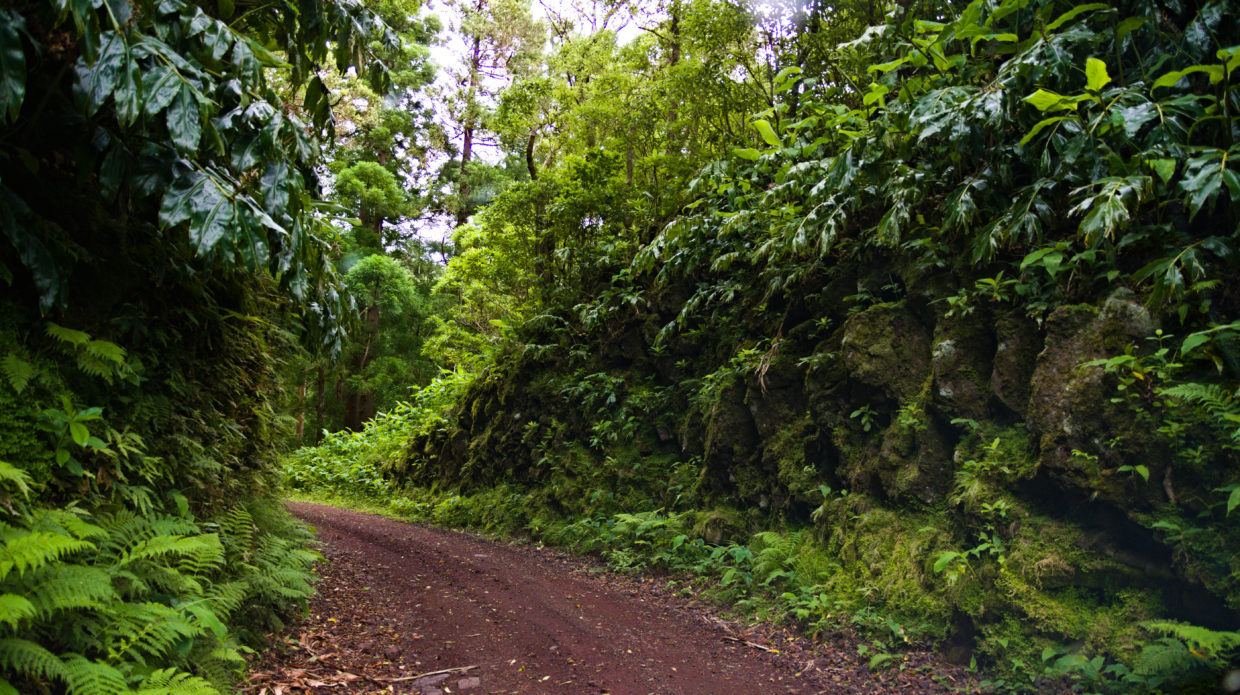
Right at the beginning Fajã do Rodrigo
Shortly after you have taken the narrow road from Nordeste, you will come here and pass a descent with a barrier on the right-hand side. This takes you down to the Ribeira do Guilherme river to Fajã do Rodrigo. You can usually park directly in the bulge in front of the barrier. If it is not possible, you can also park directly at the entrance to the Rota da Tronqueira.
The Fajã do Rodrigo is a former tree nursery, the former shape of which can still be seen. You should take some time to go through the path, even if the path itself is only about 5 km long. It took us about 2 hours without stress and with a break. You will have to descend more than 200 meters and then back up again. The path is paved and can be walked without problems. In return, you practically always have peace and quietness as you enjoy nature. The last time we were here was in autumn, when countless small flowers covered the edges of the path and the bushes were full of berries.
The path then leads down in serpentines to the Ribeira do Guilherme. First you have the peaks of Pico da Vara in front of you from the path, later you can see the course of the river in the valley.
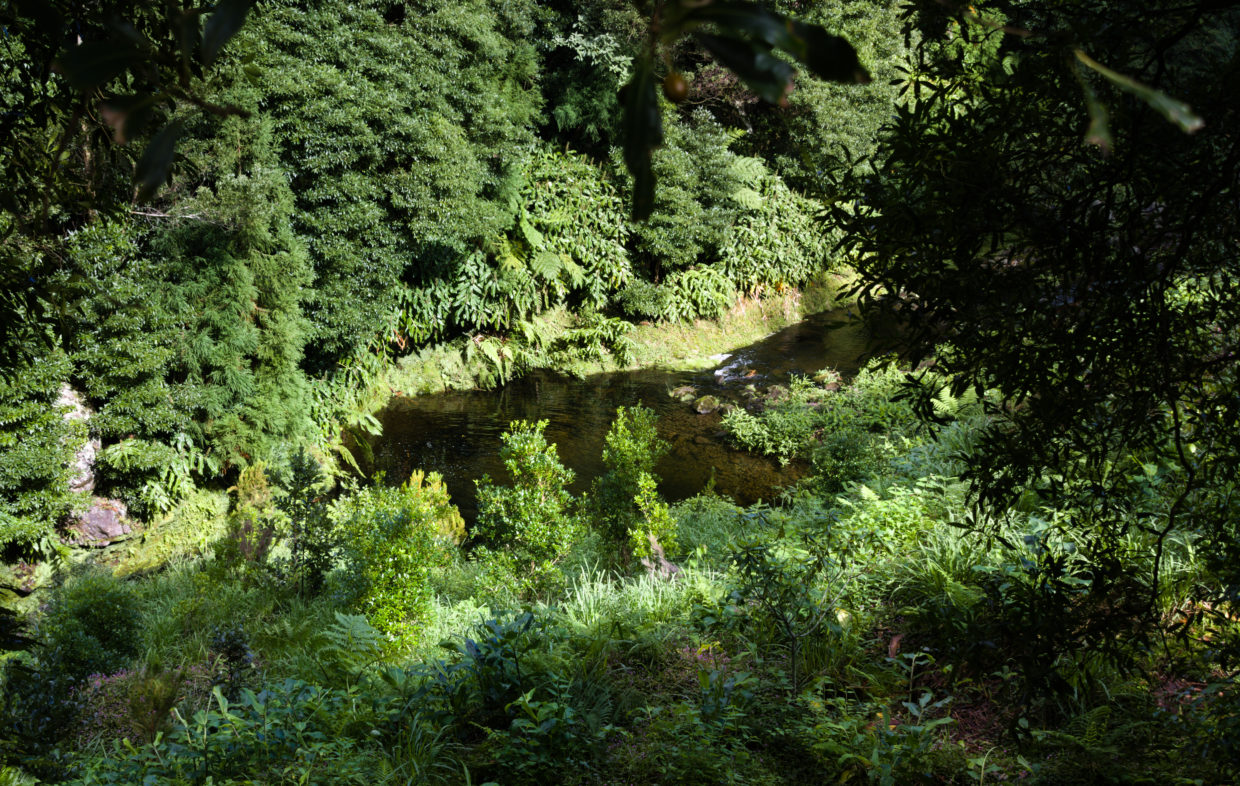
Once at the bottom you can walk a little way to the dammed river. This point is also ideal for a break and refreshment before you start your way back and continue your way along the Rota da Tronqueira.
The Rota da Tronqueira itself
Even though the route is a little adventurous, because the Rota da Tronqueira is the way it is, I always like to drive here to the Miradouro Tronqueira. The path is practically framed by dense plants or rocks covered with moss from start to finish. Only now and then is one of the sides interrupted by the slope that runs close to the road.
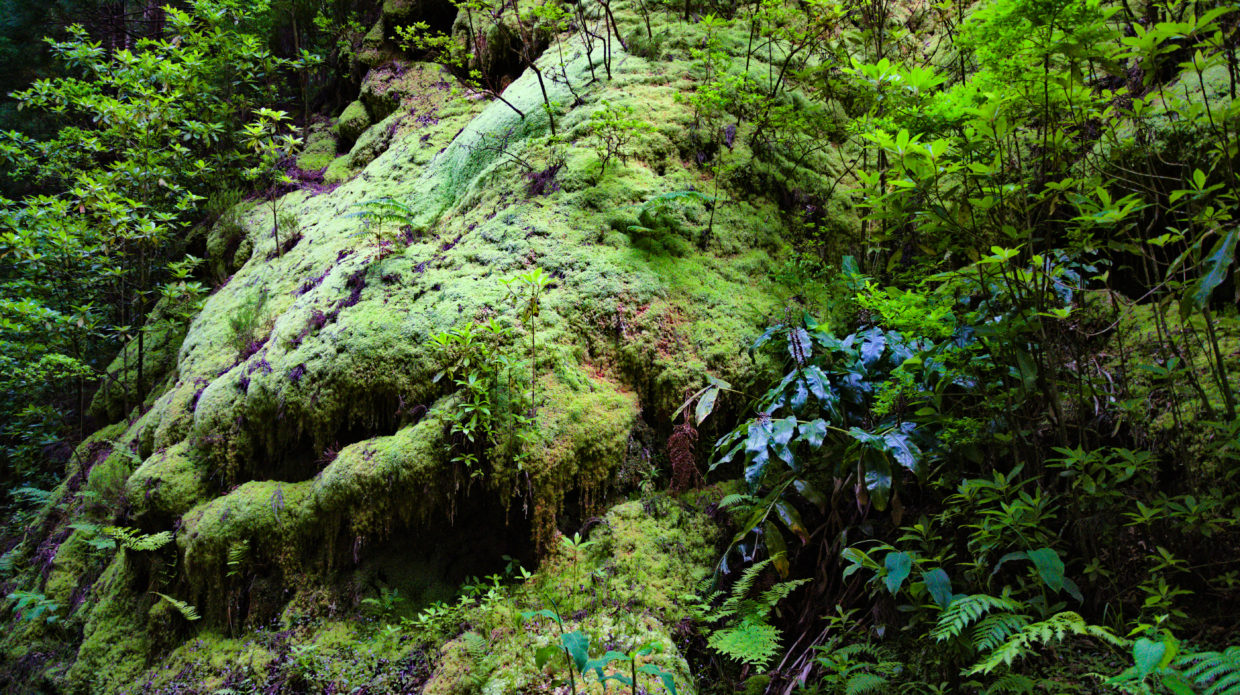
Due to the clouds that come up here almost every day, it is always so humid here that practically every spot is green. Even if the route is to be driven when it is cloudy, you will not have a view of the Pico da Vara. For this reason, I would check before the trip whether the Pico da Vara is largely free. There is still a little residual risk, because the clouds in the north-south direction of the valley can gather in a few minutes.
About halfway through the 10 km route to the Miradouro Tronqueira there is a point that gives you an unobstructed view of the Pico da Vara. Here some landslides have been removed and the path renewed.
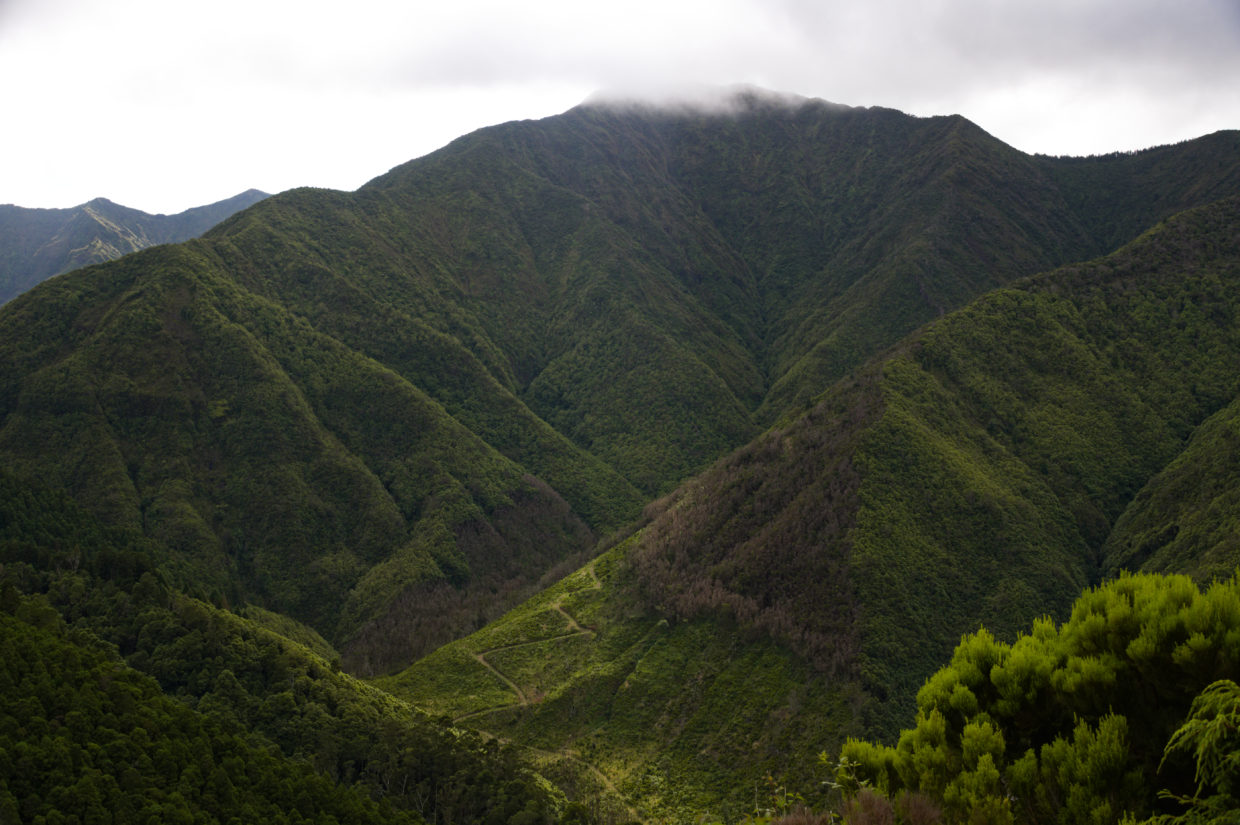
Speaking of landslides. You should avoid this route, as well as all routes on steep slopes especially during severe weather and also on days after heavy rain. Again and again in bad weather, smaller and larger stones fall on the road and the risk is simply too great.
The Miradouro Tronqueira
After 10 km you will reach the Miradouro Tronqueira. Here is also a good place to take a break. There is enough parking space next to the street so that you don’t get in the way of other people.
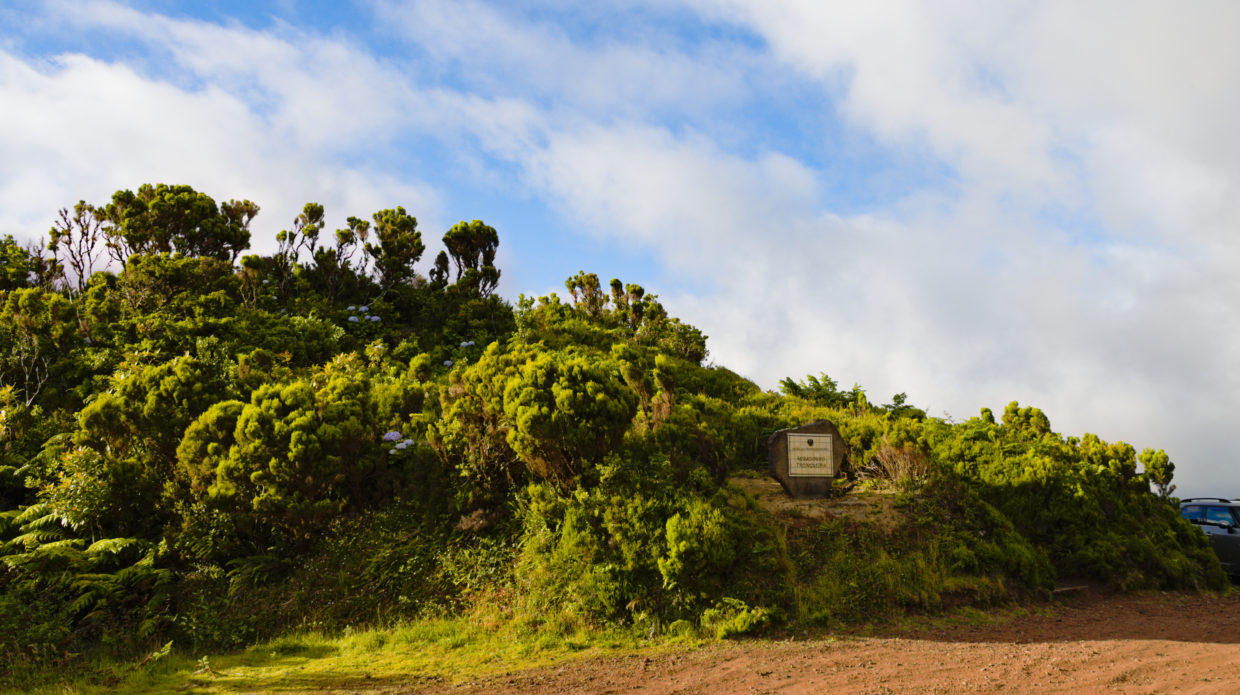
A small staircase leads you up to the lookout point, from which you can look directly at the Pico da Vara. In addition, different plants grow here and a number of different birds live there. The area is certainly dominated by the countless heather bushes. Small birds in particular love these bushes, as they offer sufficient protection.
The best time at the vantage point
If you would ask me, I would always recommend you come here for sunset. Whether that will always work also depends on how long you are in São Miguel. Especially in the evening, clouds often come in here even when the sky is clear during the day. If the clouds are only thin, that is not a problem. The special thing here is that, seen from here, the sun sets directly behind the slopes of Pico da Vara.
Come here in the evening, bring a jacket. The wind often freshen up at sunset and since you are here at an altitude of over 650m, the air is also significantly cooler up here. Depending on how comfortable you felt on the way here, you shouldn’t go back or continue too late after sunset. You still have a little time until it is completely dark through the height, but the 10km way back takes a little longer. It is good, however, that the track is usually very empty in the evening.
